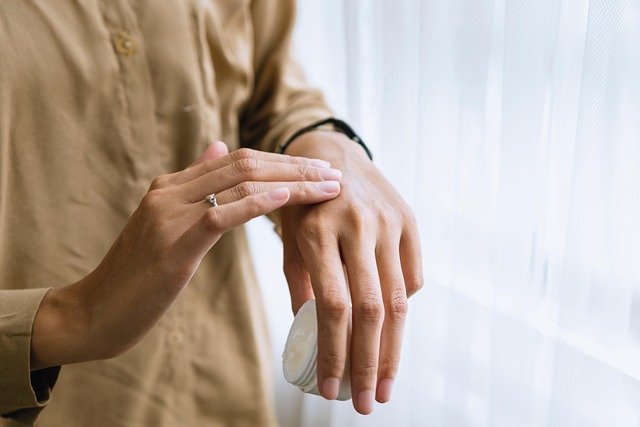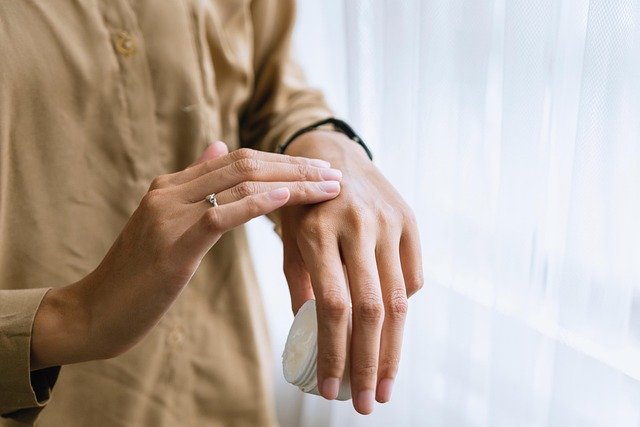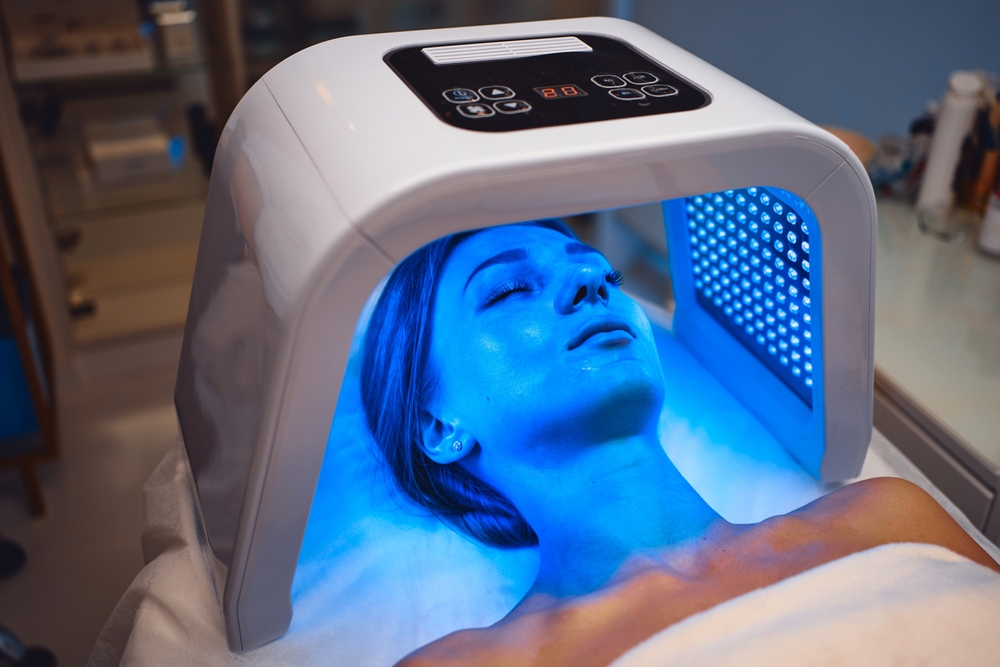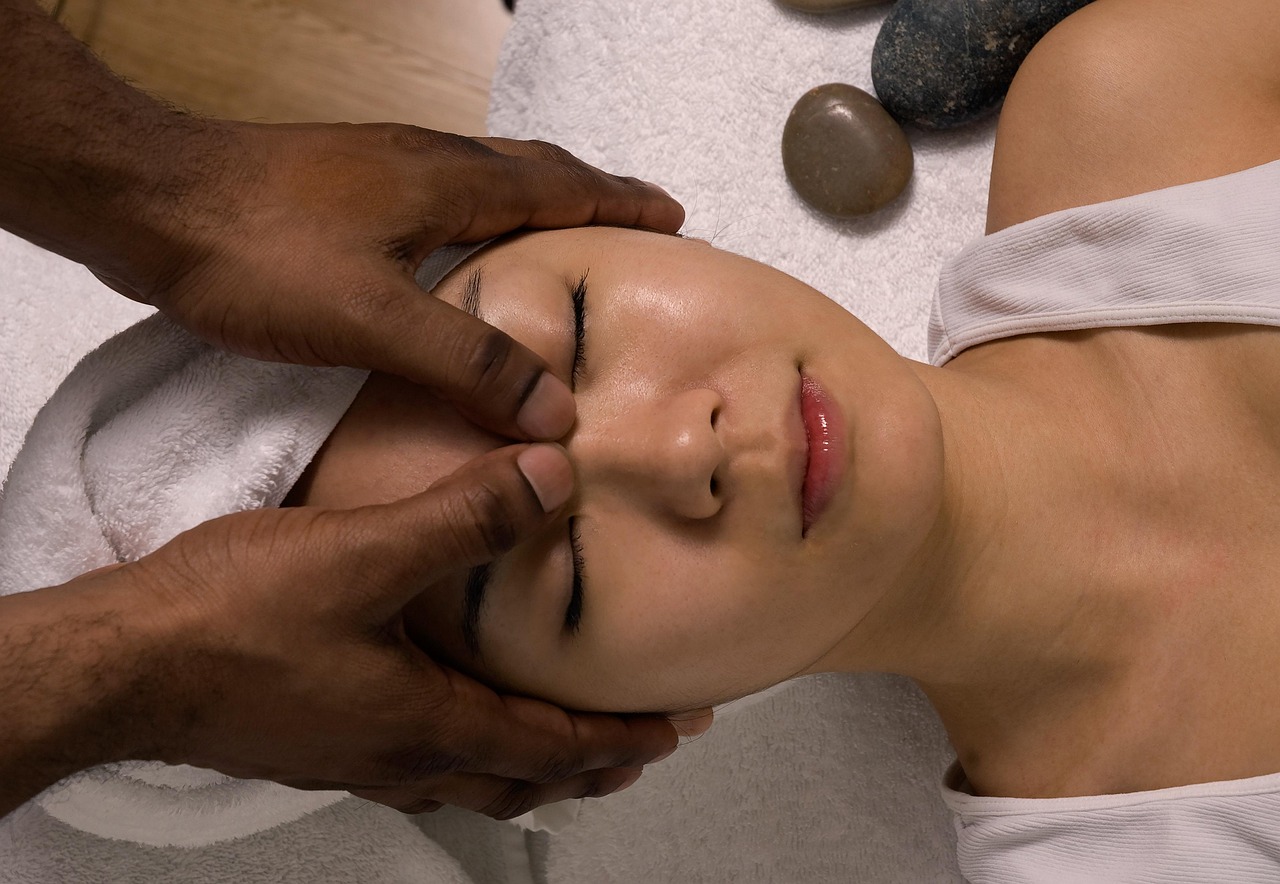Balanced Beauty and Fitness: Practical Routines for Everyday
A balanced approach to beauty and fitness blends sustainable habits, realistic self-care, and small investments that compound over time. Whether you're fitting workouts around a busy schedule or refining a skincare routine that actually works, practical strategies help you see results without burnout. This article outlines clear steps to create routines you can maintain, how nutrition and sleep support both appearance and performance, and ways to find reliable local services when you need professional help.

What are effective beauty and fitness routines?
Effective routines prioritize consistency, simplicity, and measurable progress. For fitness, focus on compound movement patterns—squats, pushes, pulls—and a mix of resistance training and cardio that you enjoy. Aim for at least three structured sessions per week and add short daily mobility or stretching sessions. For beauty, a core routine often includes cleansing, moisturizing, sun protection, and targeted treatments (serums or masks) based on skin type. Regularity matters more than complexity: a straightforward, repeatable plan beats an elaborate routine you skip.
Tracking progress is key. Use a simple log for workouts (weights, sets, reps, duration) and a brief skincare photo or notes system to observe changes over weeks. Small, measurable wins—adding weight to a lift, improving sleep, or reduced skin irritation—help maintain motivation and guide adjustments.
How to build sustainable beauty and fitness routines?
Start by setting realistic, specific goals and designing time-efficient steps to reach them. Break larger aims into 2–3-week micro-goals: commit to a 20–30 minute workout on specific days, or introduce one new skincare active (like vitamin C or retinol) and monitor for tolerance. Prioritize habits that slot easily into daily life—morning or evening rituals, or lunchtime walks.
Create structure with cues and rewards. Pair new habits with existing ones (apply moisturizer after brushing teeth) and celebrate consistency rather than perfection. When planning workouts, alternate higher-intensity days with recovery-focused sessions to reduce injury risk and increase adherence. For beauty, patch-test products and introduce one change at a time to identify what truly benefits you.
What role do nutrition and recovery play in beauty and fitness routines?
Nutrition and recovery are foundation stones. Protein intake supports muscle repair and healthy skin structure; adequate hydration keeps skin supple and supports performance. Aim for a balanced diet with lean proteins, healthy fats, colorful vegetables, and whole grains. Specific micronutrients—vitamin C, zinc, omega-3s—support skin health and wound healing, while iron and B12 affect energy and recovery.
Sleep is non-negotiable: poor sleep impairs muscle recovery, hormone balance, and skin repair. Prioritize 7–9 hours when possible, and adopt consistent sleep-wake times. Include active recovery practices—foam rolling, gentle stretching, and low-intensity movement—to maintain mobility and circulation. These recovery strategies accelerate progress in both appearance and performance.
How can you integrate professional local services into routines?
When your routine needs a boost, local services can be strategic: a few sessions with a certified personal trainer can teach proper form and program structure; an appointment with a licensed esthetician or dermatologist can diagnose underlying skin concerns and recommend evidence-based treatments. Look for providers with verifiable credentials and clear client reviews. Many professionals now offer initial consultations—use these to assess whether a service aligns with your goals.
If you prefer convenience, investigate hybrid options: virtual coaching, online skincare consultations, or studio memberships that include both fitness and recovery offerings. Local group classes can provide community accountability and variety, but ensure instructors are qualified to prevent injury. Always check for up-to-date certifications and transparency about methods and expected outcomes.
This article is for informational purposes only and should not be considered medical advice. Please consult a qualified healthcare professional for personalized guidance and treatment.
How to adapt beauty and fitness routines to busy schedules?
Design micro-routines that deliver meaningful benefits in limited time. For fitness, high-intensity interval training (HIIT) or 20–30 minute resistance circuits can maintain or improve fitness when time is constrained. For beauty, focus on essential, multi-benefit products—sunscreen with antioxidant support, moisturizer with humectants, and a gentle cleanser—to keep skin health optimized with minimal steps.
Batch tasks where possible: prepare meals or snacks in advance to support nutritional goals, and set weekly “self-care windows” for deeper skincare like masks or treatments. Flexibility is crucial—adjust volume and intensity rather than skipping entirely. Short, consistent practices compounded over months lead to visible results without overwhelming your schedule.
Conclusion
Beauty and fitness are interconnected pursuits driven by consistent, evidence-based habits. Build routines focused on core principles—regular movement, targeted skincare, nourishing nutrition, and sufficient recovery—and use professional local services selectively to fill knowledge or treatment gaps. By prioritizing sustainability and small, trackable improvements, you’ll create a practical regimen that supports both how you feel and how you look.




